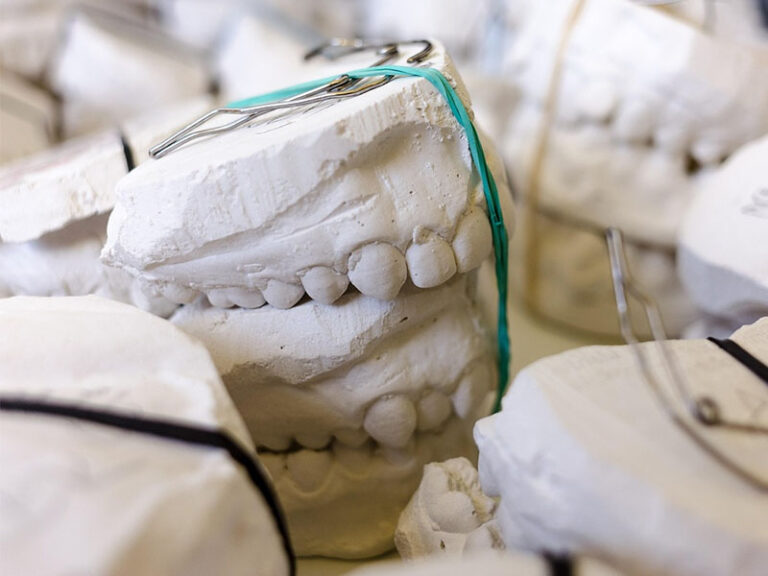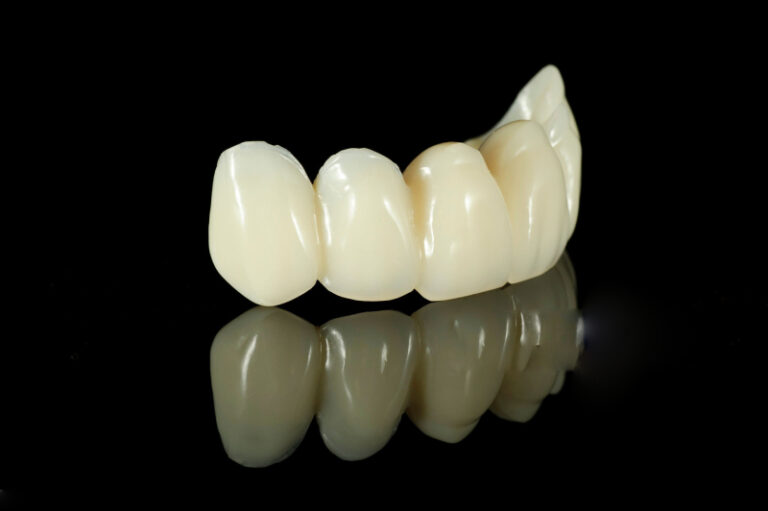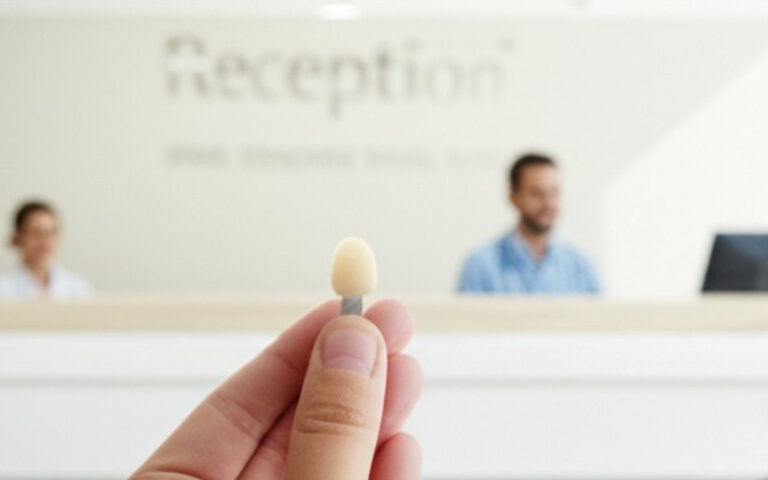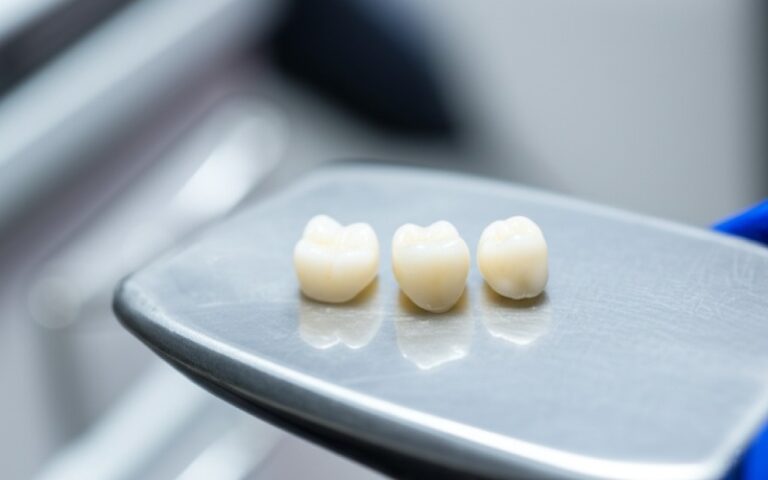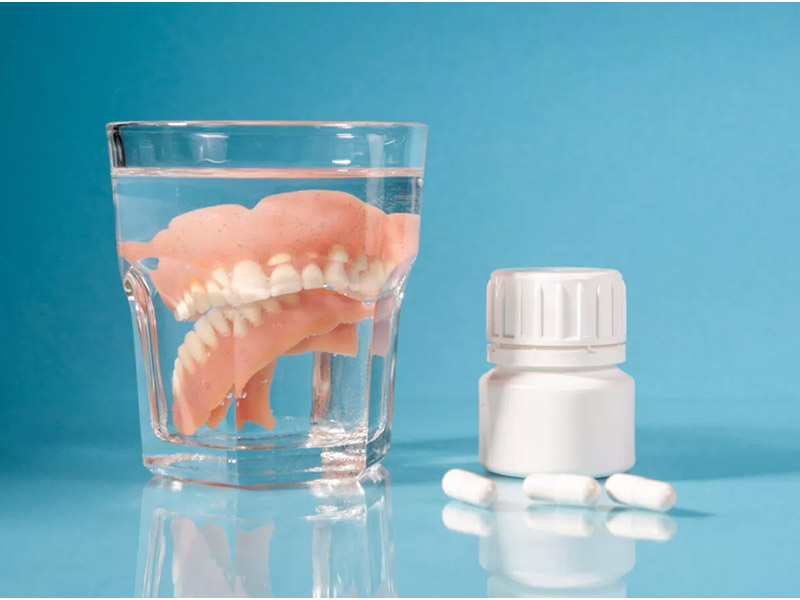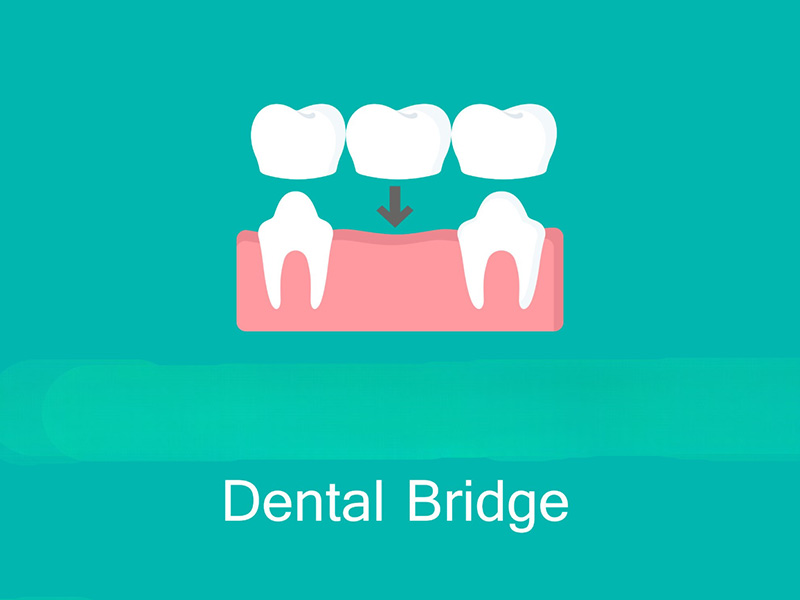
Implant Surface Coatings Explained: How New Advances Help Dental Implants Heal Faster and Last Longer
Ever bite down and something about your dental implant just feels off—maybe it’s healing slow, or you wonder, “Will this ever feel like my real tooth?” If you’re curious how new dental implant tech helps new teeth settle in faster (and stronger), you’re in the right place. Let’s break down how new implant surface coatings are changing the way your smile heals, and why that matters for your health, confidence, and peace of mind.
Table of Contents
What Are Dental Implants, and Why Does Healing Take So Long?
Dental implants are small, screw-shaped posts (usually made of titanium or zirconia) that a dentist or oral surgeon puts right in your jawbone to replace missing teeth. They work as strong roots for crowns, bridges, or dentures.
Here’s the thing: Traditionally, after you get an implant, you might have to wait months before getting your new tooth put on. Why? Because your body and your new implant need time to “get along”—meaning, they have to connect in a process called osseointegration.
Common worries:
- “Why is my healing taking so long?”
- “Will I need more surgeries?”
- “How soon can I eat and smile normally again?”
You’re not the only one who wants strong, steady teeth without waiting half a year. Luckily, new implant surface coatings have turned that dream into reality for lots of people.
The Science Behind Fast-Integrating Implants (Osseointegration, Simply Explained)
Let’s make sense of osseointegration.
Think of your jawbone as dirt, and your implant as a little seed. For the seed (implant) to become a healthy plant (your new tooth), the dirt needs to hold on tight and let roots grow in—fast.
Osseointegration is how bone cells grow straight onto the implant. They actually stick right to it—no glue needed! The better this bond, the quicker and stronger your implant will be.
Normal implant healing steps:
- Placement: The dentist puts the implant in your jaw.
- Body’s Response: Your body is friendly to it if it’s a good fit, with blood clotting and some swelling.
- Bone Grows: New bone cells start forming around your implant, holding it in place.
- Getting Stronger: Over the next few weeks and months, this bond gets even tougher.
This can take three to six months—or longer if your bone isn’t great, or you have health issues. But now, with new surface coatings, science has found ways to speed things up!
What Are Implant Surface Coatings?
You can think of implant surface coatings like a “welcome mat” for bone cells. The aim is to make the implant more inviting—so bone grows onto it faster and tighter.
Before these coatings, implants were smooth and shiny. But just like you can’t plant veggies on a pane of glass, your bone can’t grip something super smooth.
New coatings make special textures or chemical changes that bone cells like. Scientists use materials like the stuff your bones are made of, or they add helpful proteins, or put tiny bumps and grooves into the surface for cells to grab. The result? Healing that’s faster and stronger.
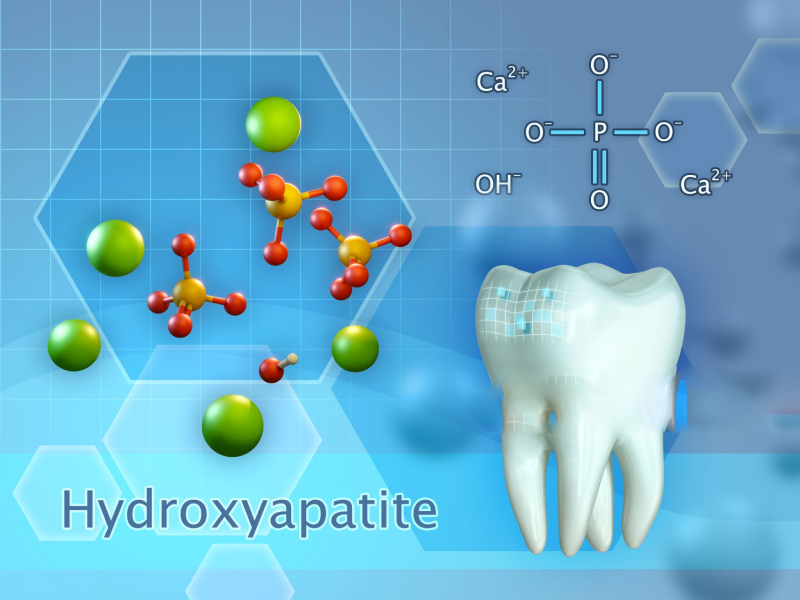
Types of Implant Surface Coatings: How Do They Work?
Implant surface coatings come in a few “flavors.” Each one is made to fix a certain problem or help you heal faster.
1. Adding Texture: Making It Rough
How It Works: Makers use sandblasting, acid, or lasers to rough up the outside (think of bumpy mountains, not a skating rink). This gives bone cells more places to grab on.
Real-Life Example:
- SLA (Sandblasted, Large Grit, Acid-Etched): This gives the implant a rough, grippy feel. Research shows bone sticks faster.
Good Points:
- It’s been used a long time
- Helps bone start to grab on early
Bad Points:
- It mainly helps bone touch the surface, but doesn’t give added “grow here” signals
2. Chemical Changes: Adding Helpful Stuff
Companies can put thin layers of stuff your body already likes, like:
- Hydroxyapatite (HA): This is a big part of bone and teeth.
- Calcium Phosphate: Also found in bone.
- Bioactive Glass: Releases good stuff that tells cells to grow.
- Strontium Add-Ons: Strontium can help bone grow faster.
How It Works: These coatings “trick” your bone into thinking the implant is already part of you. Bone reacts by bonding even faster.
Good Points:
- Can supercharge bone growth
- Might make healing go quicker
Bad Points:
- Some coatings might break down if not made well
3. Biological Coatings: Giving Cells a Head Start
Here’s where things get cool. Scientists are loading implants with:
- Growth factors (like BMP-2): These are natural “go signals” that tell bone, “Build here, and fast!”
- Peptides (like RGD): Bits of protein that help certain cells stick.
- Proteins (like collagen): Same stuff as your bone and gums.
Some even have slow-release medicine to fight germs or swelling right where you heal.
Good Points:
- More targeted bone growth
- Some help protect against infection
Bad Points:
- They’re newer, so we don’t always know for sure how they do in the long run
- Might cost more
4. Combo and New Kinds
- Mix-and-Match Coatings: Combine two or more types for even better results (like rough surface plus germ-fighting layer).
- Nanotechnology: Uses super-tiny details—even smaller than blood cells! Some can carry drugs to help healing.
Example: Nanostructured titanium dioxide (TiO2) surfaces pull in bone cells with texture and chemistry.
Good Points:
- Can help even if you have weak bone or diabetes
- Really promising for the future
Bad Points:
- Some are still just being tested
- Usually offered only at advanced dental clinics
Pros, Cons, and Real Benefits for Patients
So, what does all this mean for you?
Good Stuff
- Faster Healing: Some coatings can cut healing from 6 months down to as little as 3-4 weeks (especially if your bone is strong).
- Stronger, More Reliable Teeth: Bone bonds right from the start, so your new tooth feels solid sooner.
- Fewer Surgeries: You can get a tooth on the implant sooner in lots of cases, so fewer trips to the dentist.
- Better for Tougher Cases: If you have thin or weak bone, or health challenges, these coatings give your implant a much better chance.
- Less Chance of Infection: Some coatings make it harder for germs to stick, so you’re less likely to get a gum or bone infection.
Things to Watch Out For
- Price: Newer coatings can cost more.
- Not Everywhere: Some dentists don’t have all the latest stuff.
- Still Takes Time to Heal: Even if it’s fast, some healing and careful brushing are always needed.
- Not All Coatings Are Equal: Some, like hydroxyapatite, have to be put in just right so they don’t flake or wash away too soon.
- Not as Much Proof Yet for Newest Stuff: Some of the brand-new types still need more years of successful use.
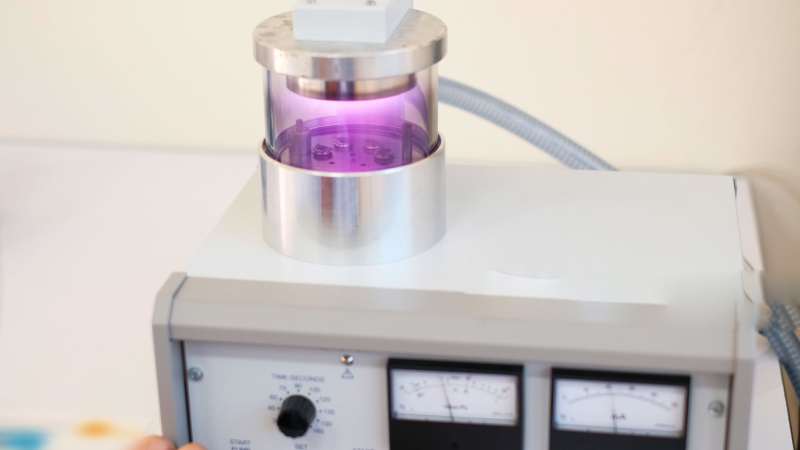
Who Is a Good Candidate for Fast-Healing Implants?
Today’s coatings help lots of people, but not every type matches every patient. Here’s what to know:
Best Candidates:
- Healthy adults missing one or more teeth
- People who take care of their mouth
- Those wanting a quicker return to eating, speaking, and smiling
- Patients with average—sometimes even a bit lower—bone quality
Great News for Special Cases: If you have:
- Somewhat weaker bone (common with age)
- Things like well-controlled diabetes
- Need for fast teeth (like full-mouth “teeth in a day” jobs)
Surface coatings may mean quicker, safer implants than old ways allowed.
Who Should Be Careful?
- People with out-of-control sicknesses (like bad gum disease, really severe diabetes, immune system problems)
- Heavy smokers (smoking slows any healing!)
- Folks who’ve had implants fail before
Ask your dentist for an honest opinion—good professionals put your health first, not just a sale.
Your Questions Answered: Common FAQs
Q: Will these surfaces make my implants last forever?
A: Nothing in medicine lasts forever, but advanced coatings give a better chance for fast healing and steady implants. Keeping your mouth clean and seeing the dentist is still key!
Q: Can I get my new teeth right after implant surgery?
A: Sometimes, yes—especially with some coatings like SLActive or Ti-Unite, and if your bone is good. “Teeth-in-a-day” is more common now, but it’s not for everyone.
Q: Are these coatings safe?
A: All common coatings get strict safety and health checks. Your dentist will talk about any special risks.
Q: How do I know which implant coating is right for me?
A: Your dentist will check your mouth, bone, and health to pick the best one. Ask them to tell you the good and bad points and the cost.
Q: If I’ve had gum disease, can I still get high-tech implants?
A: Many coatings actually lower your risk of infection and help you heal, even when gums are tricky. But you need to fix the problem first!
Key Takeaways & How to Make the Best Choice
Let’s wrap it up with what matters:
- Dental implants can change your life—but how fast and well you heal now depends partly on new coatings.
- These coatings make implants easier for bone cells to stick to, so healing happens quicker.
- There’s lots of types: roughened, mineral-layered, or full of proteins or medicine.
- The pluses? Faster healing, stronger teeth, maybe fewer surgeries, and better odds even if your bone isn’t perfect.
- Downsides are things like higher cost and not as much long-term proof (for some types).
- Not everyone is perfect for them, but way more people can now get safe, easy implants.
- Honest, science-based advice from your dentist is always better than sales talk.
What should you do now?
- Brush and floss every day: Healthy gums and bone are the base for any good implant.
- Ask questions: “What coating will my implant have? Why did you choose that one?”
- Check your options: Especially if your case is tricky, or you’ve healed slow before.
- Stay positive: Implant technology keeps getting better every year!
- Book a visit: Even just to ask questions and see what’s possible for your smile.
Still Curious? Deeper Info for Science Fans
Want to know the “why” behind your care?
- Studies show that surfaces like SLActive can double how fast bone connects compared to old smooth surfaces.
- Some coatings mean you can get a tooth as soon as three weeks after surgery.
- Scientists are working on nanotech and gene tricks for even faster, more custom healing.
To get the facts, ask your dentist for the numbers and real-life stories. Good clinics are happy to share the proof.
Every mouth and every person is different—just like you. New implant coatings have made getting new teeth faster, safer, and more reliable than ever. With the right questions and a little info, you can take control of your smile and enjoy all the good stuff a pain-free mouth brings. Want to take the next step? Talk to your dental team—you might be closer to a new tooth than you think.

